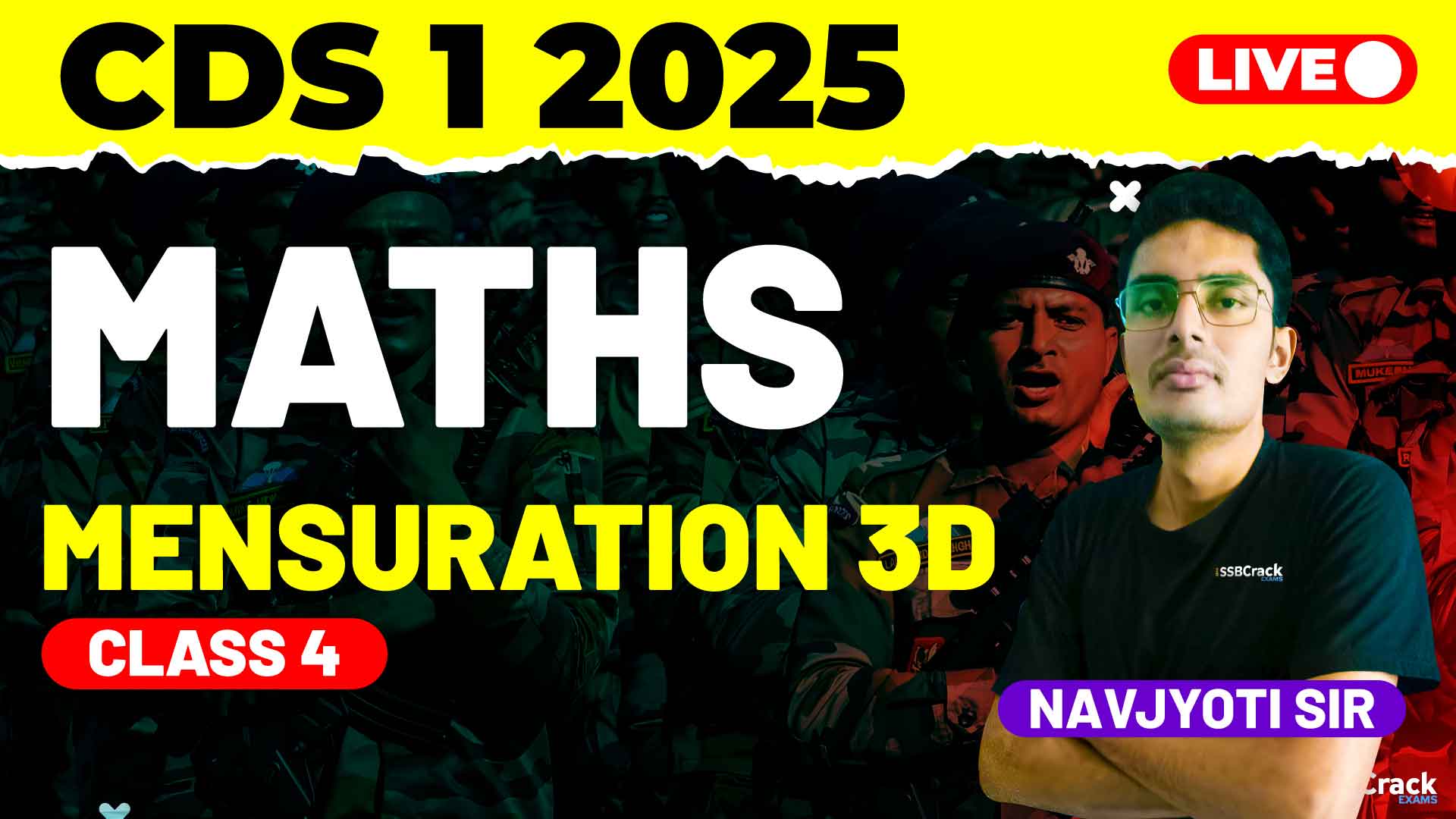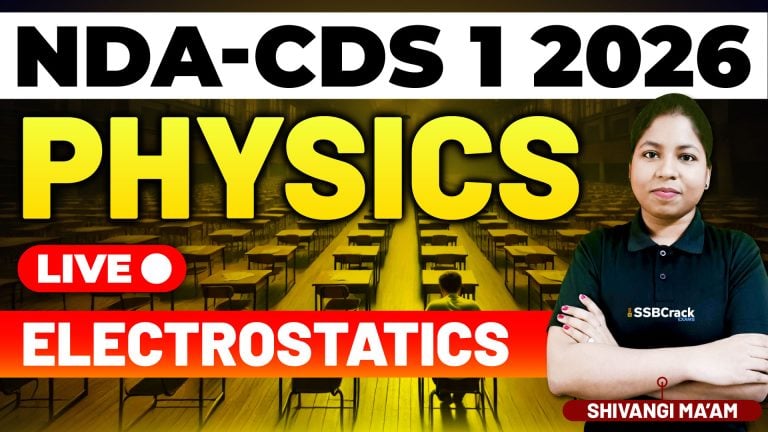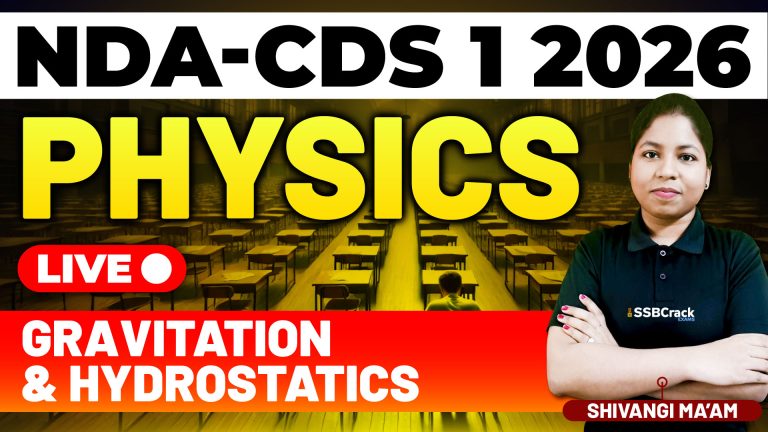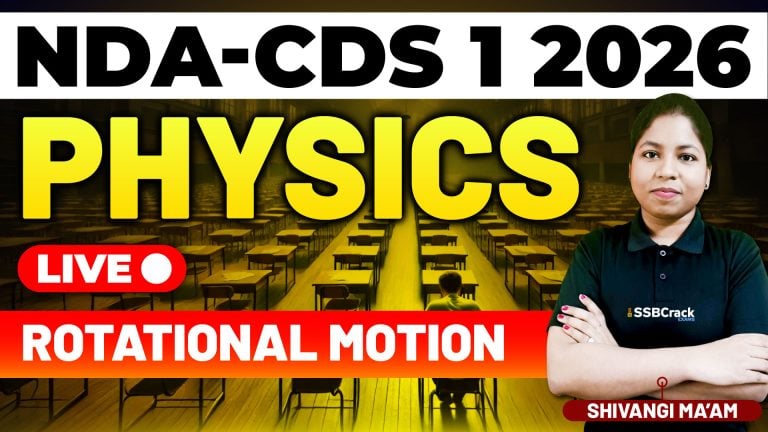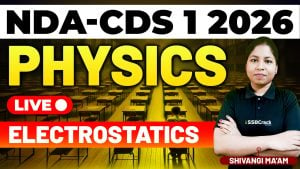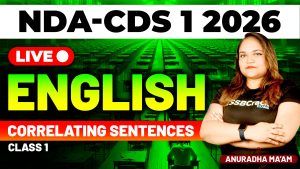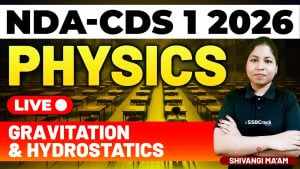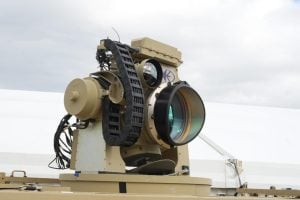Mensuration 3D is one of the most dynamic and application-oriented topics in the Maths section of the Combined Defence Services (CDS) Exam. A recent class focused on practicing multiple-choice questions (MCQs) based on various subtopics of Mensuration 3D, providing students with an opportunity to solidify their understanding and refine their problem-solving skills.
This blog delves into the highlights of the session, the importance of this topic for CDS aspirants, and actionable strategies for mastering Mensuration 3D effectively.
Key Areas Covered in the Class
- Comprehensive Practice of MCQs
The class was structured around solving MCQs that spanned various subtopics in Mensuration 3D. These included questions on volume, surface areas (lateral, curved, and total), and properties of shapes like cubes, cuboids, cylinders, cones, spheres, and pyramids. The objective was not just to solve these problems but also to understand the reasoning and approach behind each solution. This practice enabled students to recognize patterns and identify efficient strategies for tackling similar questions in the actual exam. - Application-Oriented Problem Solving
The session emphasized real-world applications of Mensuration 3D concepts. Students encountered problems requiring calculations for practical scenarios, such as determining the material needed for a cylindrical tank or the paint required for a cone-shaped roof. These exercises enhanced their ability to apply theoretical knowledge to practical situations. - Reinforcement of Concepts
Revisiting the formulas for volumes, lateral surface areas, and total surface areas of different shapes was an integral part of the class. The teacher highlighted how to approach problems involving composite shapes, such as combining a cone and a hemisphere, and how to handle unit conversions effectively.
Importance of Mensuration 3D in the CDS Exam
Mensuration 3D holds significant weight in the Maths section of the CDS Exam due to its practical relevance and versatility. Questions are often straightforward and formula-based, offering candidates a chance to secure full marks if they have a strong command over the topic.
The inclusion of real-life scenarios, such as calculating tank capacities or packaging materials, makes it even more engaging. This topic also tests the aspirant’s ability to visualize 3D objects and apply logical reasoning to solve problems efficiently.
Strategies for Excelling in Mensuration 3D
- Understand the Basics
Familiarize yourself with the fundamental properties of 3D shapes like cubes, cuboids, spheres, cones, cylinders, and pyramids. Pay attention to their characteristics, such as the number of faces, edges, and vertices. - Memorize Key Formulas
Prepare a list of formulas for volume, lateral surface area, and total surface area for each shape. Regularly revise these formulas to ensure they are at your fingertips during the exam. - Solve a Variety of Problems
Practice a mix of questions, from basic to advanced, to cover all difficulty levels. Include questions involving composite shapes, unit conversions, and practical applications. This diversity will prepare you for any surprises in the exam. - Work on Visualization Skills
Visualizing 3D shapes and their cross-sections can make problem-solving much easier. Use diagrams and sketches to better understand complex shapes and their dimensions. - Master Unit Conversions
Questions often involve different units for dimensions, such as meters, centimeters, or liters. Practice converting between these units accurately to avoid mistakes. - Use Time-Efficient Techniques
Identify shortcuts and tricks to solve problems faster, such as breaking down composite shapes into simpler ones or using approximations where applicable. - Review Past Year Papers
Analyze previous years’ CDS Exam papers to understand the type of Mensuration 3D questions commonly asked. This will also help you prioritize topics based on their frequency in the exam. - Take Mock Tests
Simulate the exam environment by solving Mensuration 3D questions within a time limit. Mock tests improve speed, accuracy, and confidence while identifying areas that need improvement.
How to Approach Mensuration 3D Questions in the Exam
- Understand the Question Thoroughly: Carefully read the problem to identify the shape and the specific calculation required (volume, surface area, etc.).
- Select the Correct Formula: Choose the most appropriate formula based on the shape and the parameters given in the question.
- Perform Unit Conversions: Ensure all measurements are in the same unit before proceeding with calculations.
- Double-Check Your Answer: If time permits, revisit your solution to ensure accuracy and identify any errors.
Conclusion
Mensuration 3D is a high-scoring topic in the CDS Exam, provided you approach it with a clear understanding of concepts and consistent practice. The recent class, centered around solving MCQs, offered students valuable insights into tackling exam-specific problems effectively.
By focusing on fundamentals, practicing extensively, and employing time-efficient techniques, aspirants can turn Mensuration 3D into a strength. With a strategic approach and persistent effort, excelling in this topic—and the Maths section overall—becomes a realistic and achievable goal.
Stay consistent, keep practicing, and you’ll be ready to tackle Mensuration 3D questions confidently in your CDS Exam!
